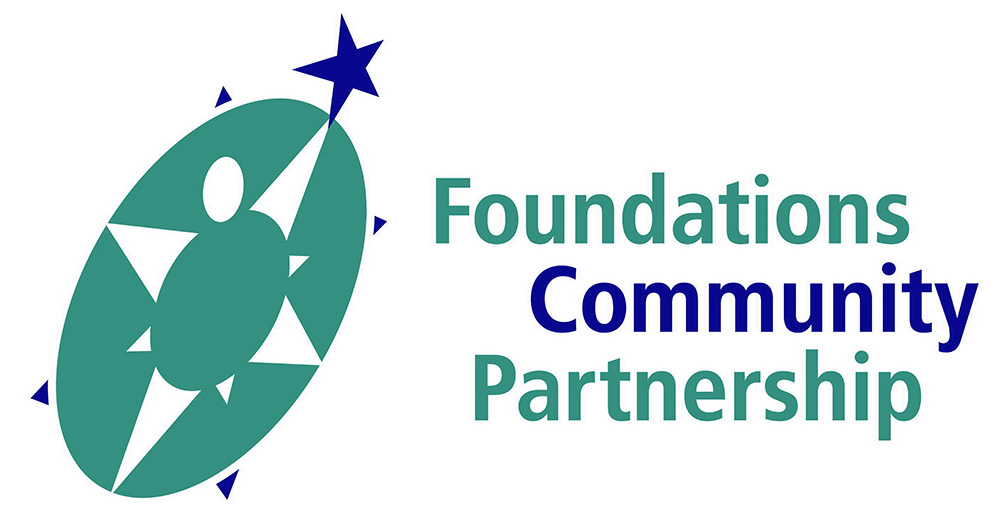Workshop Provided Thorough Overview of Suicide Prevention Among Youth
Today’s workshop on suicidal behavior in youth was presented by Holly C. Wilcox, Ph.D., and entitled “Prevention of Suicidal Behaviors Among Young People.”
This presentation by Dr. Wilcox, provided an overview of demographic information about completed suicides among young people. This overview included both international and national statistics for males and females. She also stated that females made more suicide attempts, but males were more likely to complete a suicide. This is due to males choosing more violent methods such as guns, which are more likely to be fatal.
Dr. Wilcox used a balance of statistics and graphs from studies, anecdotes and information from her experience during the presentation. She had a pleasant style and welcomed questions and comments from the audience throughout her remarks. Many of these were not heard by the audience in the rear of the auditorium. I always suggest that the presenter repeat the question for all to hear, otherwise it is simply a one to one conversation, sometimes losing the attention of the audience.
There were a brief few minutes, at the beginning of the presentation during a discussion of lethal suicides and firearm access, when it appeared that an ethical discussion about gun ownership for “at risk” people among several participants, would sidetrack her presentation. Thank goodness, Dr. Wilcox deftly redirected the conversation back to her presentation. I could almost hear a sigh of relief from the audience.
Also, as I have stated in the past, opening the talk to questions throughout, as opposed to structured periods, frequently raises the risk of the need to rush the presentation at the end, or not complete the material. Dr. Wilcox was able to complete most of her material. I may have missed it, but I did not hear much discussion of ethical issues in suicide research during the workshop.
Anyway, Dr. Wilcox accomplished her objectives for this workshop. These objectives included:
- Define and discuss suicide and suicidal behaviors.
- Identify Youth at Risk
- Describe the epidemiology, etiology, mechanisms, and interventions for attempted and completed suicides.
- Identify the essential clinical, social and ethical issues in the conduct of suicide research.
Suicidal behavior may range from: thoughts of being dead, ideation about method, self-harm such as cutting for stress reduction, to high risk activities such as use of drugs or drinking while driving, and suicide attempts. Dr. Wilcox pointed out that, while young people may actually plan a suicide well ahead of an attempt. Most suicide attempts occur within one hour of the suicidal thought.
Adolescent girls and boys are at risk for suicidal behavior due to immaturity, impulsivity, and emotional deregulation common during those years. Middle age women and men over 75 are at the highest risk for completed suicides. This may be due to fewer social supports among other factors.
Although genetics, biology, and family history play a role in suicidal behavior, Dr. Wilcox was quick to point out that family history of a completed suicide plays only a very small role for an individual. At high risk are youth with psychiatric disorders, especially depression, use of drugs or alcohol, social isolation, low level of family support, access to guns or other means of serious self-harm, recent extreme stressful events, such as a break-up, and hopelessness. She also stated that suicidal behavior is “contagious” among young people. A completed suicide in the community for example, might trigger other vulnerable adolescents to make a suicide attempt.
Dr. Wilcox listed three strategies that are most effective for preventing suicide.
- Comprehensive, multicomponent approaches
- Embedded in service settings and sustained
- Programs should identify those at risk, intervening with a selected population.
For example, institutional programs that screen for suicidal risk providing comprehensive evaluations for those at risk, provide education to teachers, counselors, parents and others along with treatment for the identified youth, over a long period of time, are most likely to succeed in reducing suicide rates.
Using an acronym “IS PATH WARM”, Dr. Wilcox provided a simple way to remember warning signs of possible suicide in young people:
Ideation (Threats of self-harm)
Substance Abuse (Excessive substance use)
Purposelessness (No reason for living)
Anxiety (Agitation, unable to sleep)
Trapped (Feeling trapped, no way out)
Hopelessness (Hopeless about the future)
Withdrawal (Withdrawal from friends, family and society)
Anger (Rage, uncontrolled anger, seeking revenge)
Recklessness (Engaging in risky activities)
Mood Changes (Dramatic mood changes)
Knowing that social contact is important in preventing suicide, Dr. Wilcox discussed several “short-term” interventions that have shown to reduce suicide attempts, including:
- Postcard (caring letter) intervention – Periodic letters or postcards checking up on the patient. No demands for response.
- Motivational Interviewing – “ A collaborative, person centered form of guiding to elicit and strengthen motivation for change”.
- Safety Planning – “Hierarchically-arranged coping strategies, either used alone or as part of a longer treatment.”
For “long-term” intervention strategies, Dr. Wilcox recommended use of Cognitive Behavioral Therapy, especially techniques specific to suicide, the Collaborative Assessment & Management of Suicidality (CAMS), and Dialectical Behavioral Therapy (DBT). Dr. Wilcox points out that this brief list of interventions is not exhaustive, and regardless of the therapy provided, formal training is required for their use.
Dr. Wilcox had an easy-going presentation style. Her expertise in his subject matter was evident throughout, in her relaxed response to many questions, and discussion of workshop content. Looking around I saw many psychologists, social workers, and counselors with many years experience. I also noticed many young mental health professionals and educators in the audience. It occurred to me that the material presented, while a good refresher for the first group, the main target for Dr. Wilcox in this presentation was the early career professionals in the audience.
What did you think?
